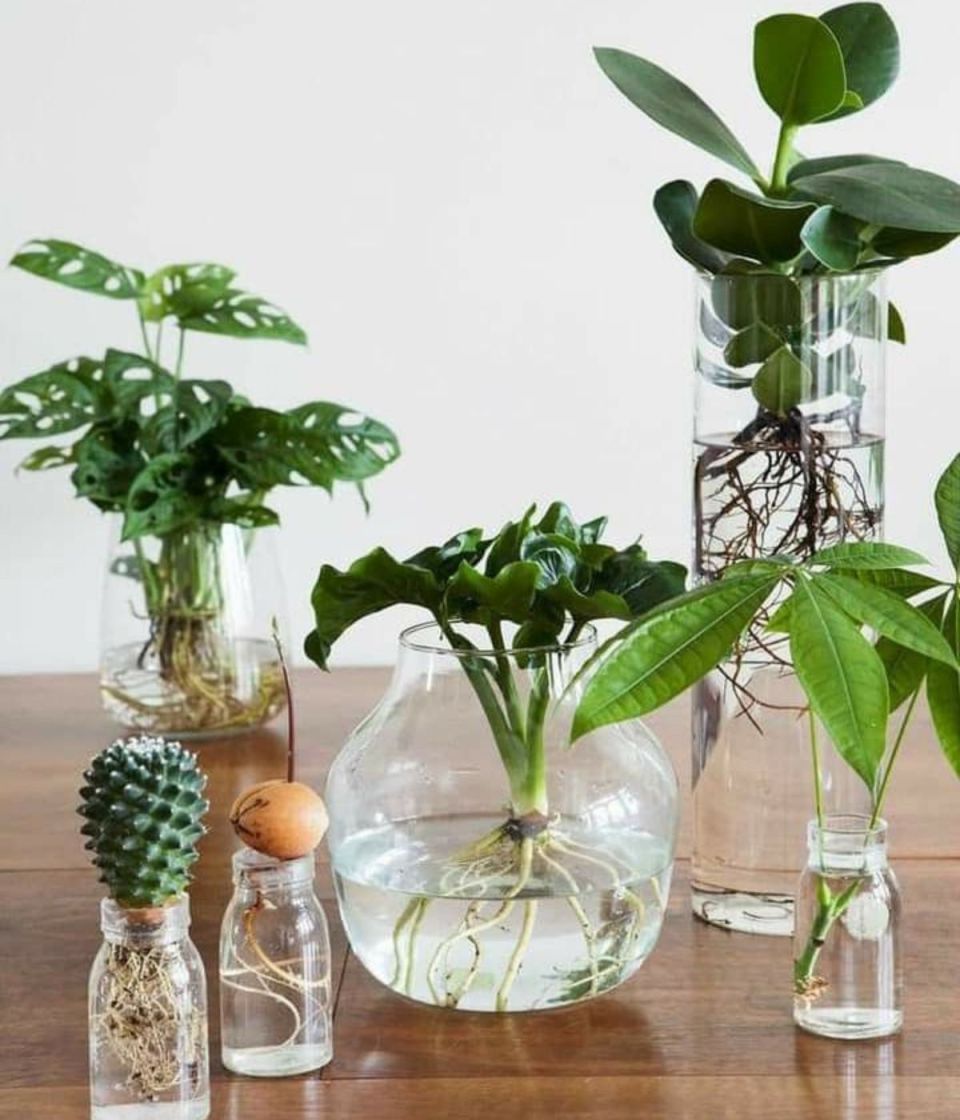Sprucing Up Your Space With Trendy Hydro House Plants

Hydro House Plants: Bringing Greenery and Freshness into Your Home
What do you mean by hydro house plants?
Hydro house plants, also known as hydroponic plants, are a type of indoor plants that grow without soil. Instead, they are cultivated in a water-based nutrient solution, providing them with the essential elements to thrive. These plants are gaining popularity due to their many benefits and the ease they offer in terms of maintenance and care.
How to grow hydro house plants?
Growing hydro house plants is simpler than you might think. To start, you’ll need a hydroponic system, which can vary in complexity from basic setups to more advanced systems. The plants are typically placed in containers or net pots filled with a growing medium such as clay pellets or coconut coir to support the roots. The roots are then submerged in the nutrient solution, allowing the plants to absorb the necessary minerals directly.
It’s important to monitor and maintain the pH and nutrient levels of the solution regularly to ensure optimal growth. Additionally, providing adequate light, either through natural sunlight or artificial grow lights, is crucial for the plants’ photosynthesis process. With proper care and attention to the specific needs of each plant variety, you can enjoy a thriving hydroponic garden right in your own home.
What is known about hydro house plants?
Hydro house plants have been extensively studied and proven to offer numerous benefits. Firstly, they require significantly less water compared to traditional soil-based gardening, making them more environmentally friendly. This is because the water in the hydroponic system is recirculated, reducing waste and promoting sustainability.
Furthermore, hydroponically grown plants tend to have faster growth rates and higher yields. The controlled environment of hydroponics allows for optimal nutrient absorption, leading to healthier and more robust plants. Additionally, since hydroponic plants are not exposed to soil-borne pests and diseases, there is a reduced risk of infestations and infections.
Moreover, hydroponic gardening is ideal for urban dwellers or those with limited outdoor space. You can easily set up a compact hydroponic system in your apartment, bringing the joys of gardening indoors without the need for sprawling gardens or balconies.
Solution for successful hydro house plant growth
While growing hydro house plants can be rewarding, it requires attention to certain key factors. Firstly, choosing the right hydroponic system for your needs and space is crucial. There are various options available, such as deep water culture, nutrient film technique, and drip systems. Researching and selecting the system that suits your lifestyle and goals is essential.
Additionally, understanding the specific nutritional requirements of each plant variety is vital. Different plants have varying needs when it comes to pH levels, nutrient concentrations, and light exposure. Conduct thorough research or consult with experts to ensure you provide the optimal conditions for your hydroponic garden to flourish.
Regular monitoring of the water quality, pH levels, and nutrient concentrations is necessary to maintain a healthy hydroponic system. Keep an eye out for any signs of nutrient deficiencies or imbalances, and adjust the nutrient solution accordingly.
Information about different hydro house plants
There is a wide range of hydro house plants to choose from, each offering unique aesthetics and benefits. Here are a few popular varieties:
1. Herbs:
Herbs like basil, parsley, and mint thrive in hydroponic systems, providing fresh flavors for your culinary endeavors.
2. Leafy greens:
Plants like lettuce, spinach, and kale are excellent choices for hydroponic gardening, as they grow quickly and provide a continuous harvest of nutritious greens.
3. Flowers:
Orchids, African violets, and peace lilies can add a touch of elegance and beauty to your indoor space.
4. Succulents:
Cacti and other succulent varieties are well-suited for hydroponic systems, offering low-maintenance greenery with unique shapes and textures.
Conclusion
Hydro house plants provide a fantastic opportunity to bring nature indoors and enjoy the benefits of gardening without the constraints of traditional soil-based methods. With the right system, proper care, and attention to each plant’s specific needs, you can create a thriving hydroponic garden that adds freshness, beauty, and a touch of greenery to your home.
Unique FAQs about Hydro House Plants
1. Can I use tap water for my hydro house plants?
Tap water can be used, but it’s essential to check its pH level and ensure it is free from harmful chemicals like chlorine. If necessary, you can use a water conditioner or consider using filtered water.
2. How often should I change the nutrient solution for my hydroponic plants?
The frequency of changing the nutrient solution depends on various factors such as plant type, system size, and nutrient levels. As a general guideline, it is recommended to change the solution every two to three weeks.
3. Can I grow hydro house plants outdoors?
While hydroponic systems are primarily designed for indoor use, you can set up certain systems for outdoor hydroponic gardening. However, it is important to consider the environmental factors, such as temperature, sunlight exposure, and potential pests.
4. Are hydro house plants suitable for beginners?
Yes, hydro house plants can be suitable for beginners. Starting with easier plants like leafy greens or herbs and gradually expanding your knowledge and skills can help you succeed in hydroponic gardening.
5. Do hydro house plants require any special lighting?
Yes, hydro house plants require adequate lighting for photosynthesis. While natural sunlight is ideal, artificial grow lights such as fluorescent, LED, or high-intensity discharge (HID) lights can be used to provide the necessary light spectrum for plant growth.

I am a beginner writer who continues to learn and consistently creates informative articles to express the ideas that I master.